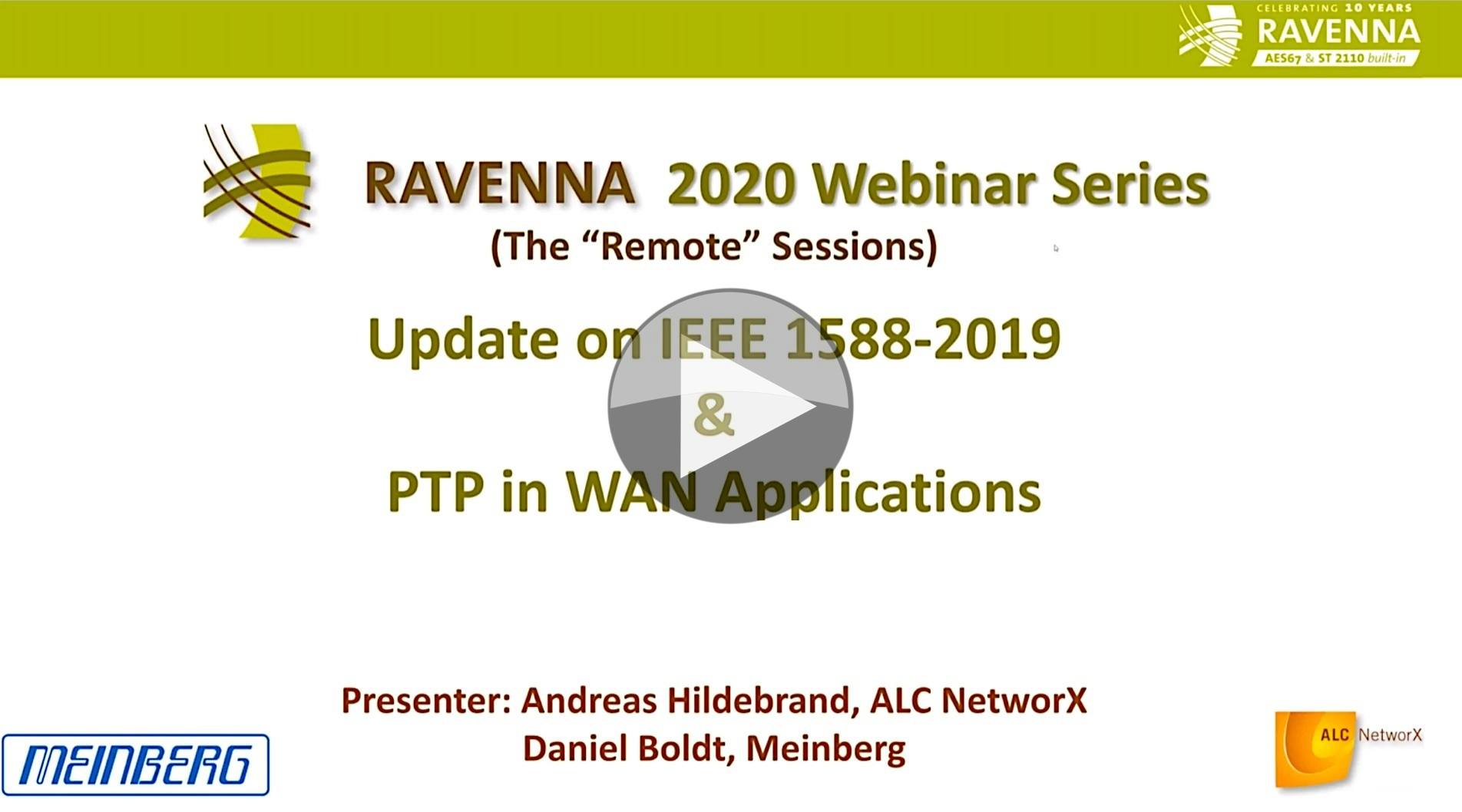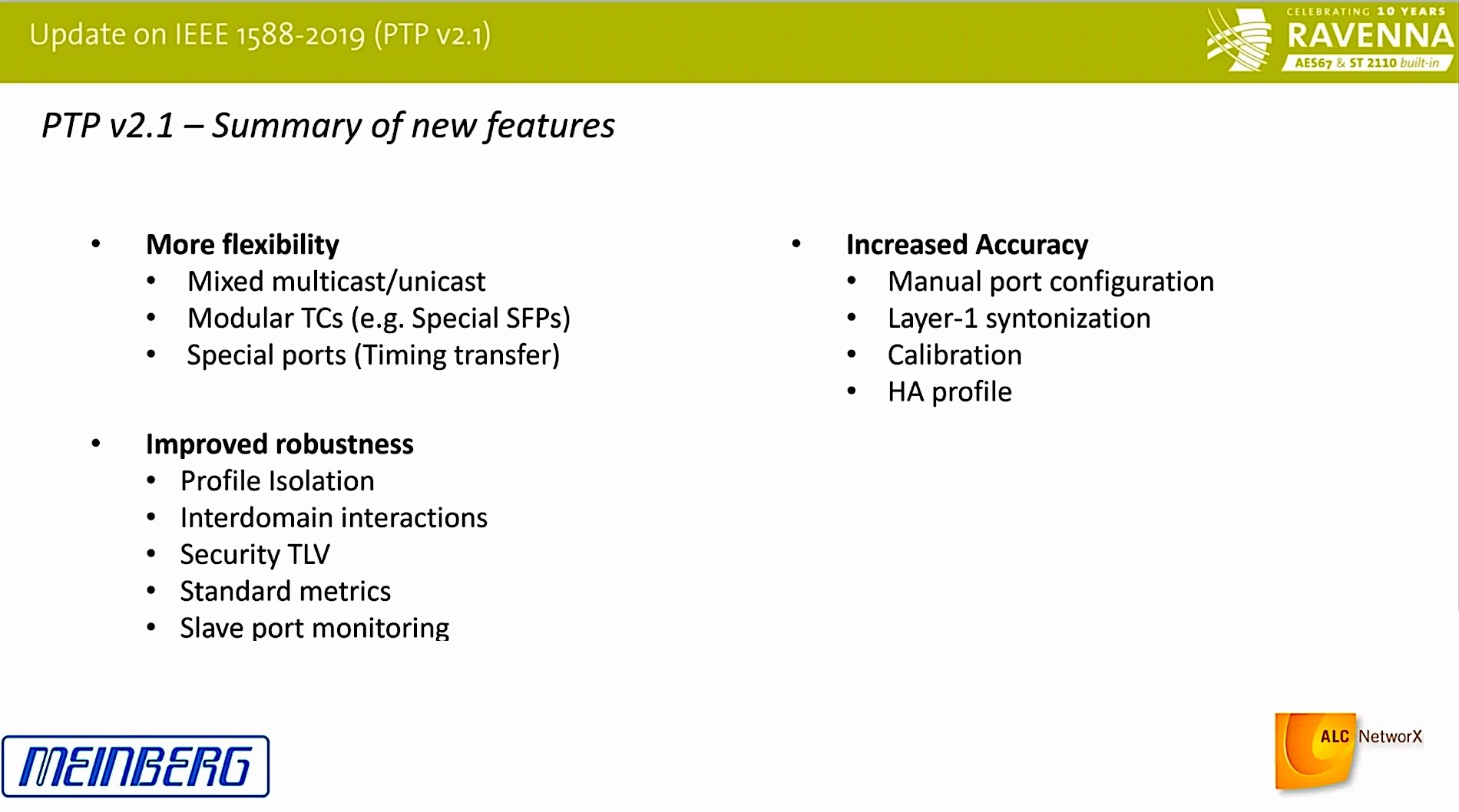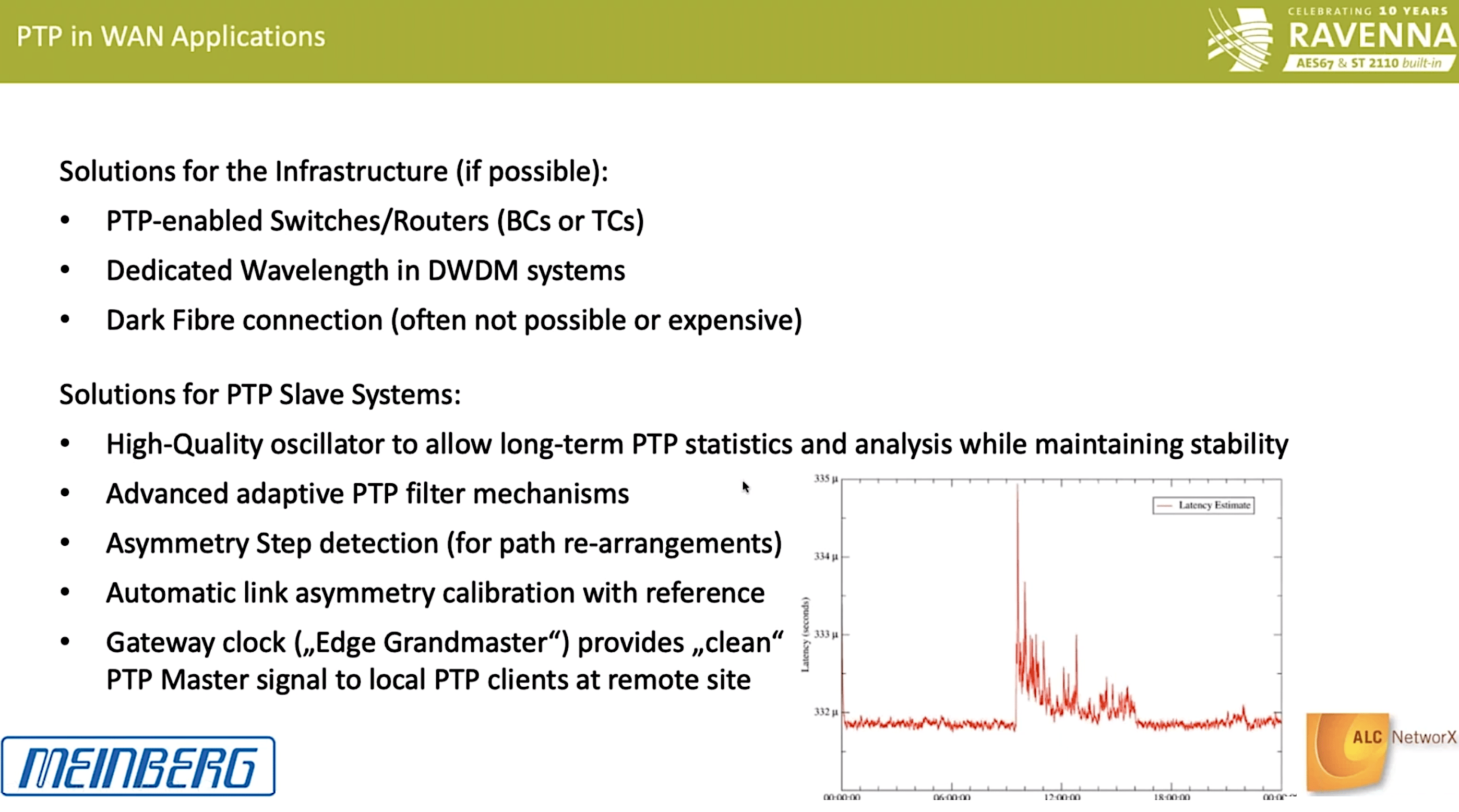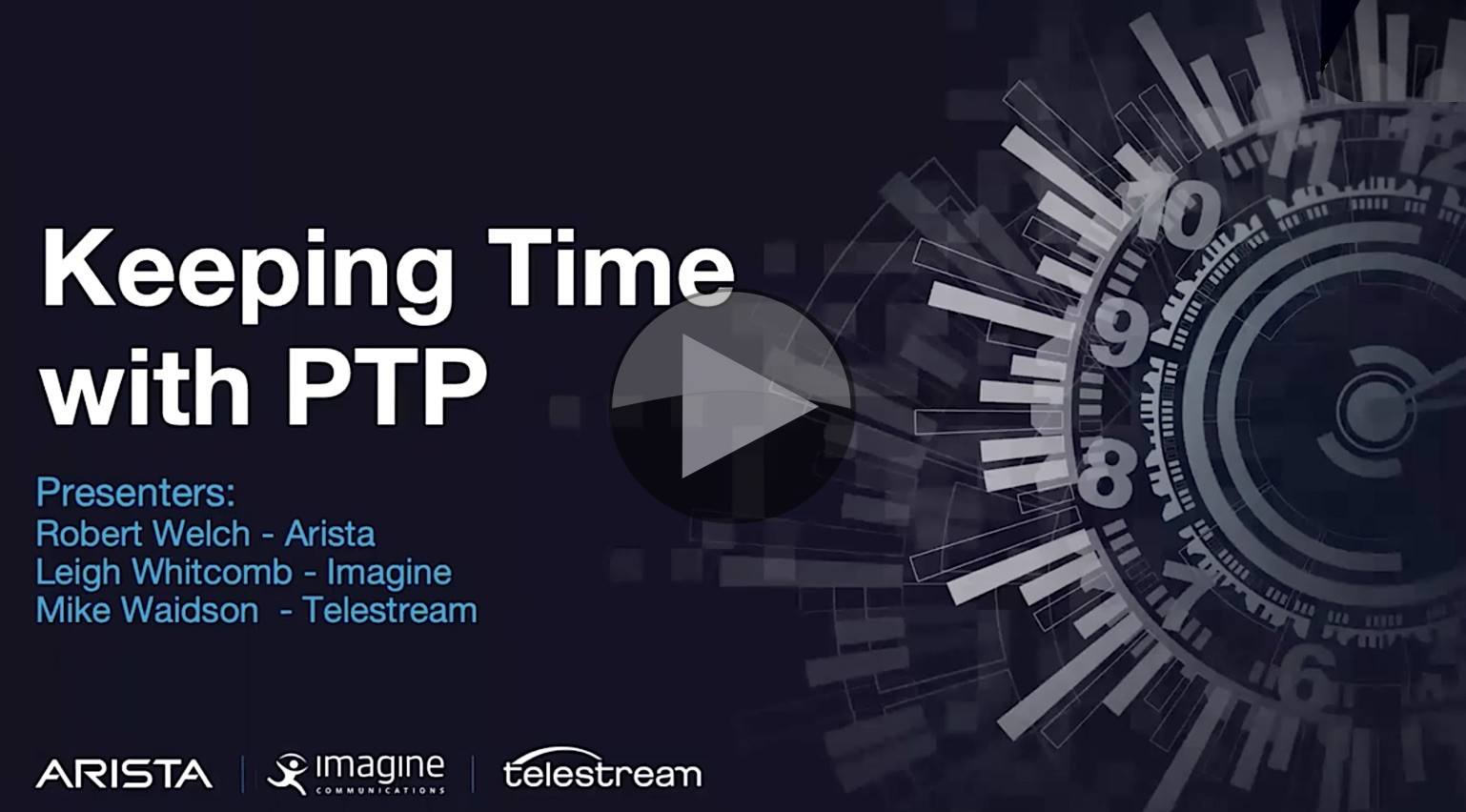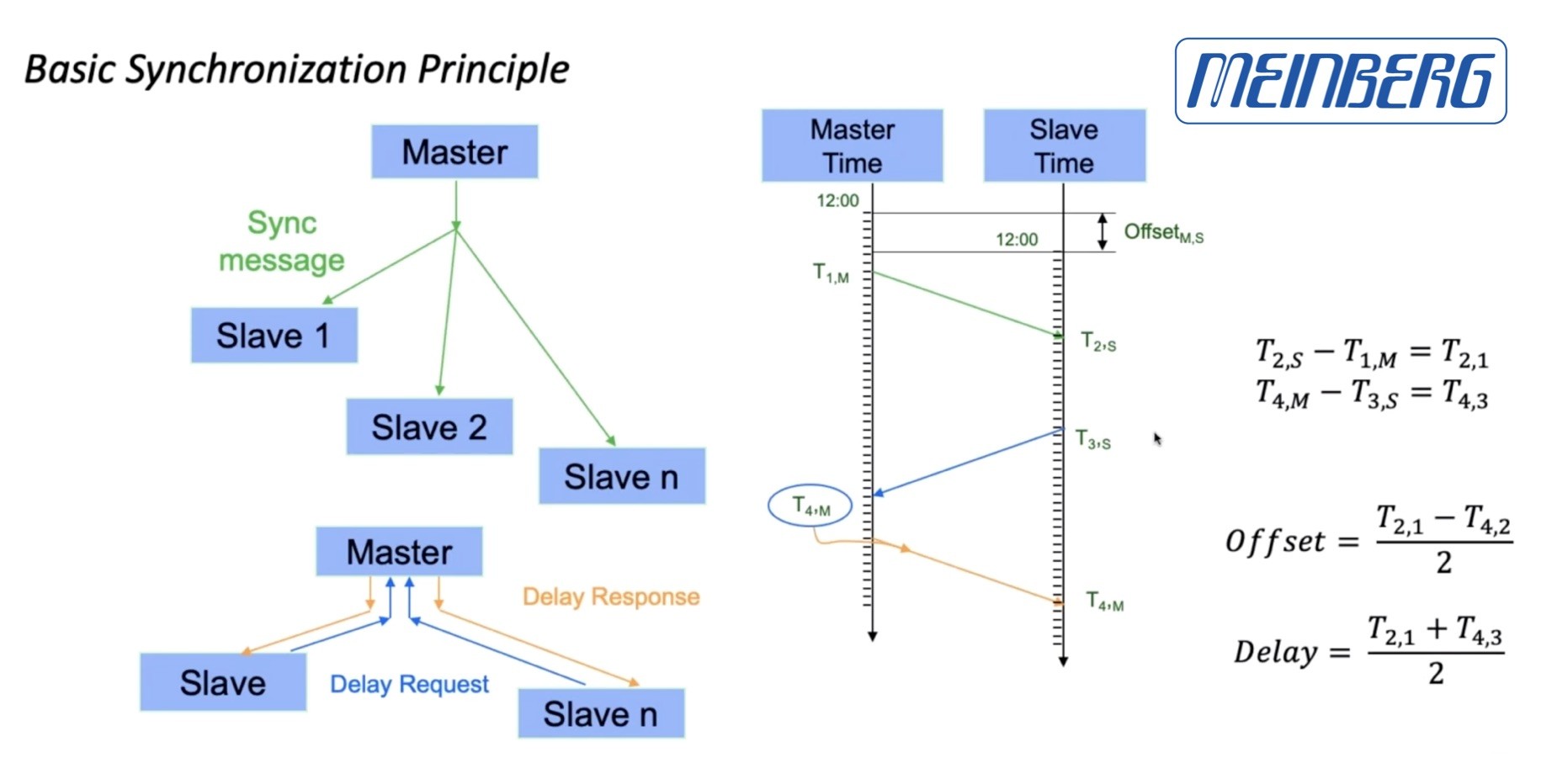An informal chat touching on the newest work around SMPTE ST-2110 standards and related specifications in today’s video. The industry’s leading projects are now tracking the best practices in IT as much as the latest technology in IP because simply getting video working over the network isn’t enough. Broadcasters demand solutions which are secure from the ground up, easy to deploy and have nuanced options for deployment.
Andy Rayner from Nevion talks to Prin Boon from Phabrix to understand the latest trends. Between then, Andy and Prin account for a lot of activity in standards work within standards and industry bodies such as SMPTE, VSF and JT-NM to name a but a few, so whom better to hear from regarding the latest thinking and ongoing work.
Andy starts by outlining the context of SMPTE’s ST-2110 suite of standards which covers not only the standards within 2110, but also the NMOS specifications from AMWA as well as the timing standards (SMPTE 2059 and IEEE 1588). Prin and Andy both agree that the initial benefit of moving to IT networking was benefiting from the massive network switches which now delivering much higher switching density than SDI ever could or would, now the work of 2110 projects is also tracking IT, rather than simply IP. By benefiting from the best practices of the IT industry as a whole, the broadcast industry is getting a much better product. Andy makes the point that broadcast-uses have very much pushed fabric manufacturers to implement PTP and other network technologies in a much more mature and scalable way than was imagined before.
The focus of conversation now moves to the data, control and timing plane. The data plane contains the media essences and all of the ST 21110 standards. Control is about the AMWA/NMOS specs such as the IS-0X specs as well as the security-focused BCP-003 and JT-NM TR-1001. Timing is about PTP and associated guidelines.
Prin explains that in-service test and measurement is there to give a feeling for the health of a system; how close to the edge is the system? This is about early alerting of engineering specialists and then enable deep faultfinding with hand-held 2110 analysers. Phabrix, owned by Leader, are one of a number of companies who are creating monitoring and measurement tools. In doing this Willem Vermost observed that little of the vendor data was aligned so couldn’t be compared. This has directly led to work between many vendors and broadcasters to standardise the reported measurement data in terms of how it’s measured and how it is named and is being standardised under 2110-25. This will cover latency, video timing, margin and RTP offset.
More new work discussed by the duo includes the recommended practice, RP 2059-15 which is related to the the ST 2059 standards which apply PTP to media streams. As PTP, also known as IEEE 1588 has been updated to version 2.1 as part of the 2019 update, this RP creates a unified framework to expose PTP data in a structured manner and relies on RFC 8575 which, itself, relies on the YANG data modeling language.
We also hear about work to ensure that NMOS can fully deal with SMPTE 2022-7 flows in all the cases where a receiver is expecting a single or dual feed. IS-08 corner cases have been addressed and an all-encompassing model to develop against has been created as a reference.
Pleasingly, as this video was released in December, we are treated to a live performance of a festive song on piano and trombone. Whilst this doesn’t progress the 2110 narrative, it is welcomed as a great excuse to have a mine pie.
Watch now!
Speakers
 |
Andy Rayner Chief Technologist, Nevion |
 |
Prinyar Boon Product Manager, PHABRIX |


